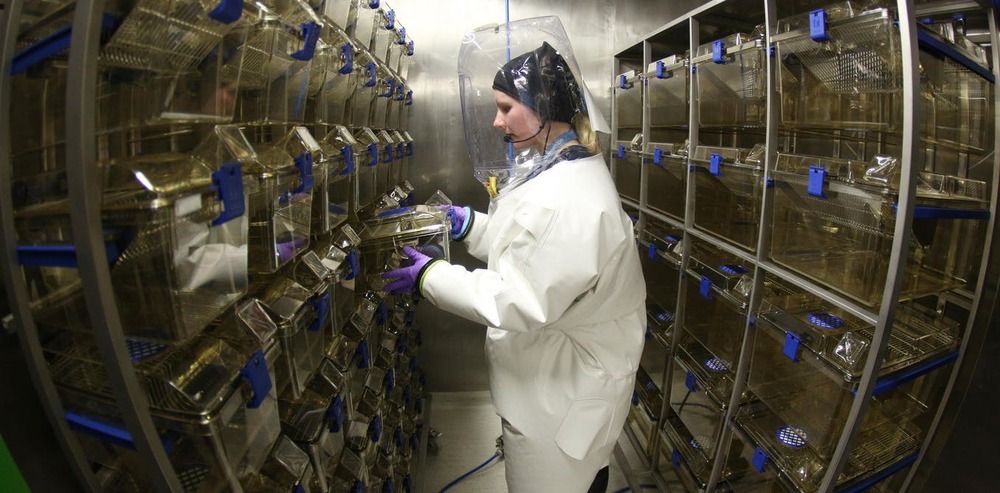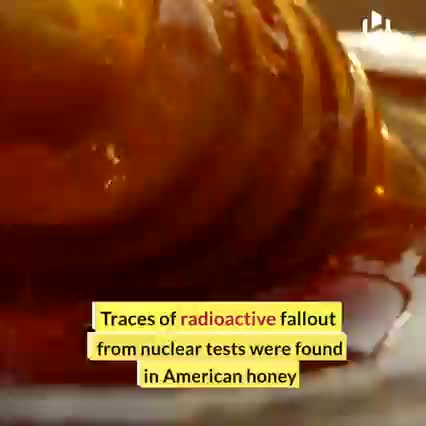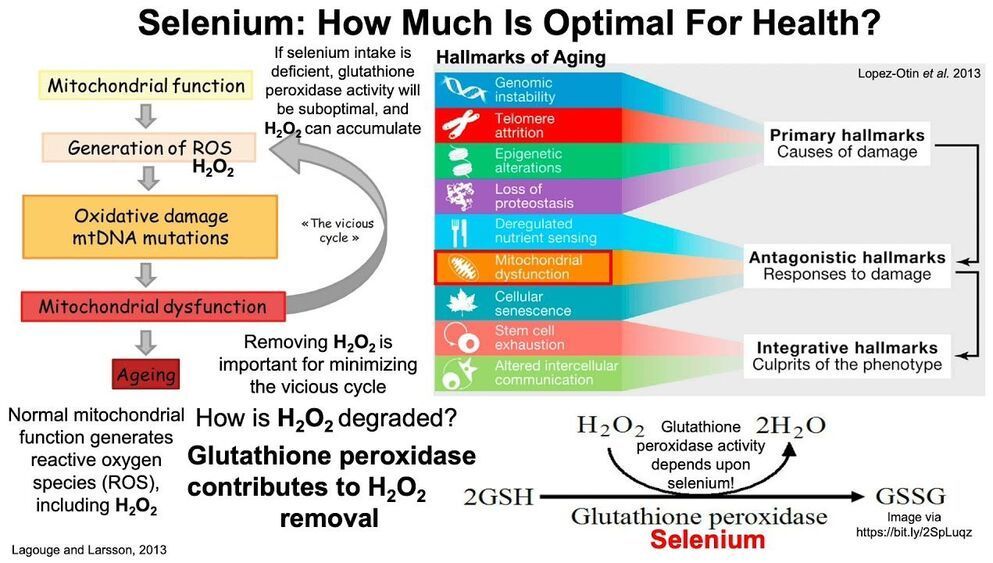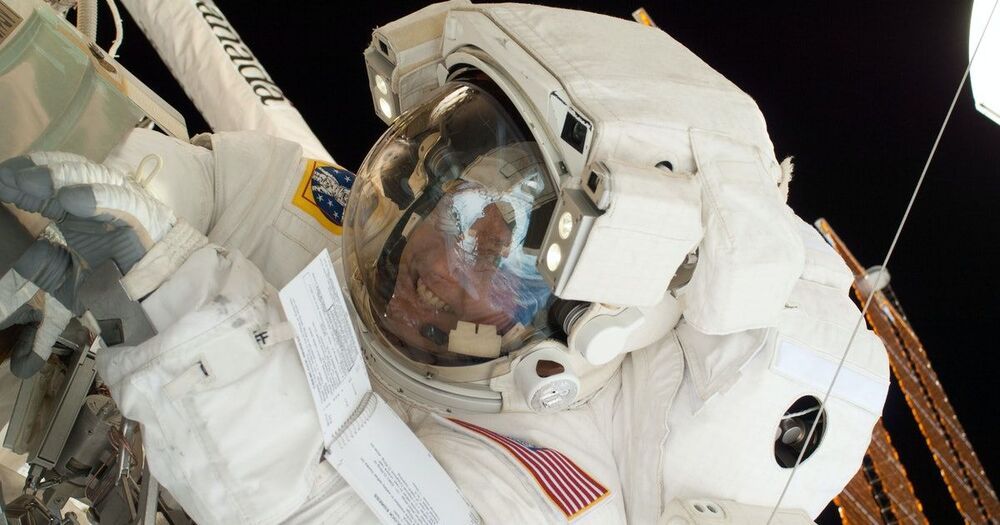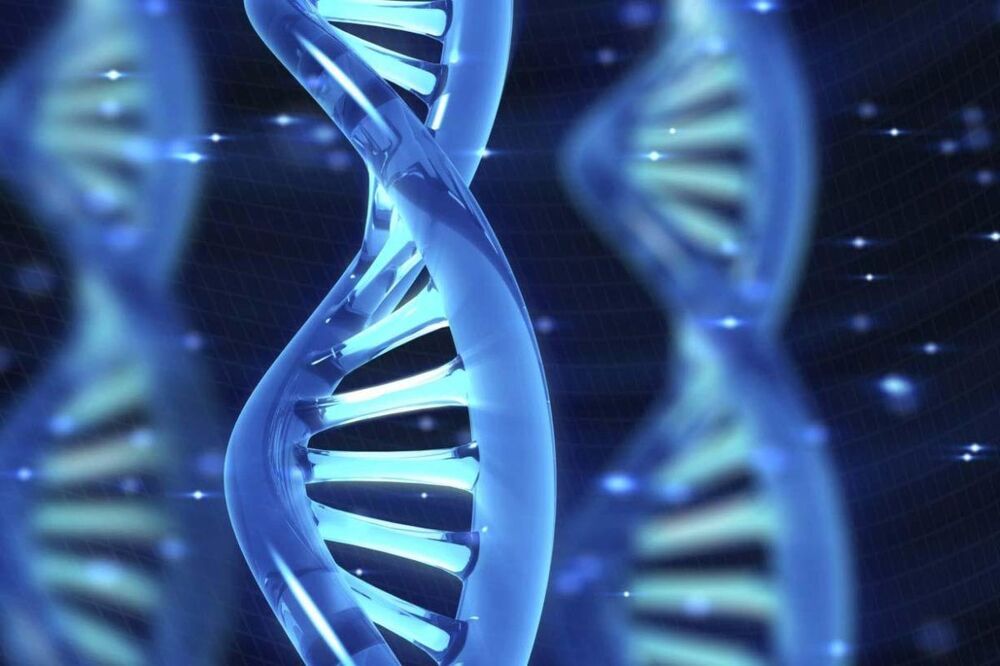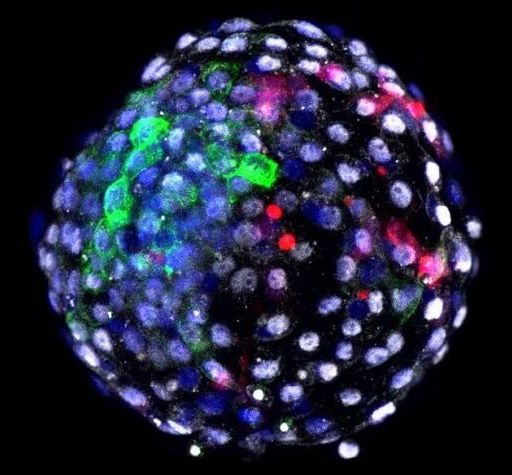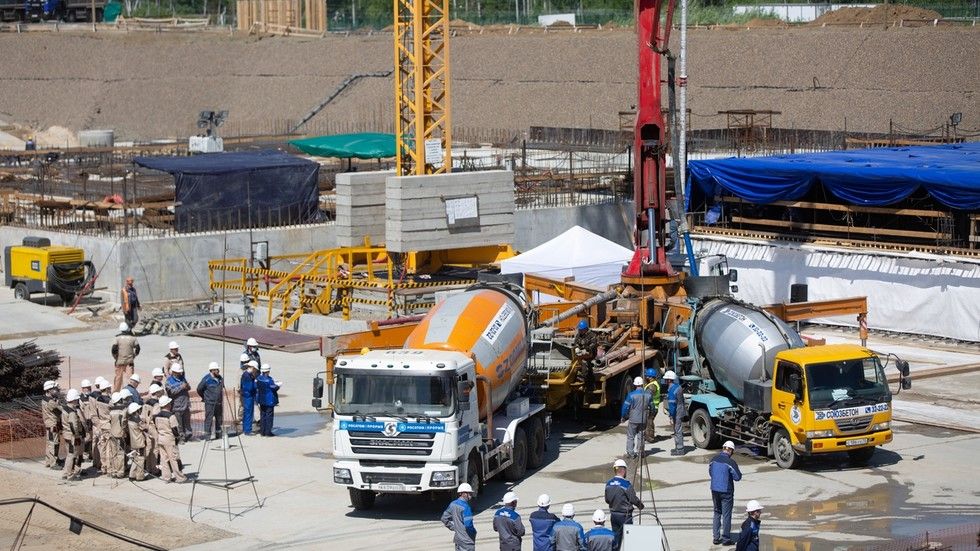Not the most informative article, but it does have a map giving you an idea of how many of these facilities exist and in which countries. China is not the only place with labs.
Three of the 23 countries with BSL4 labs (Australia, Canada and the US) have national policies for oversight of dual-use research. At least three other countries (Germany, Switzerland and the UK) have some form of dual-use oversight, where, for instance, funding bodies require their grant recipients to review their research for dual-use implications.
Rising demand for BSL4 labs
That still leaves a large proportion of scientific research on coronaviruses carried out in countries with no oversight of dual-use research or gain-of-function experiments. This is particularly concerning as gain-of-function research with coronaviruses is likely to increase as scientists seek to better understand these viruses and to identify which viruses pose a higher risk of jumping from animals to humans or becoming transmissible between humans. More countries are expected to seek BSL4 labs, too, in the wake of the pandemic as part of a renewed emphasis on pandemic preparedness and response.
